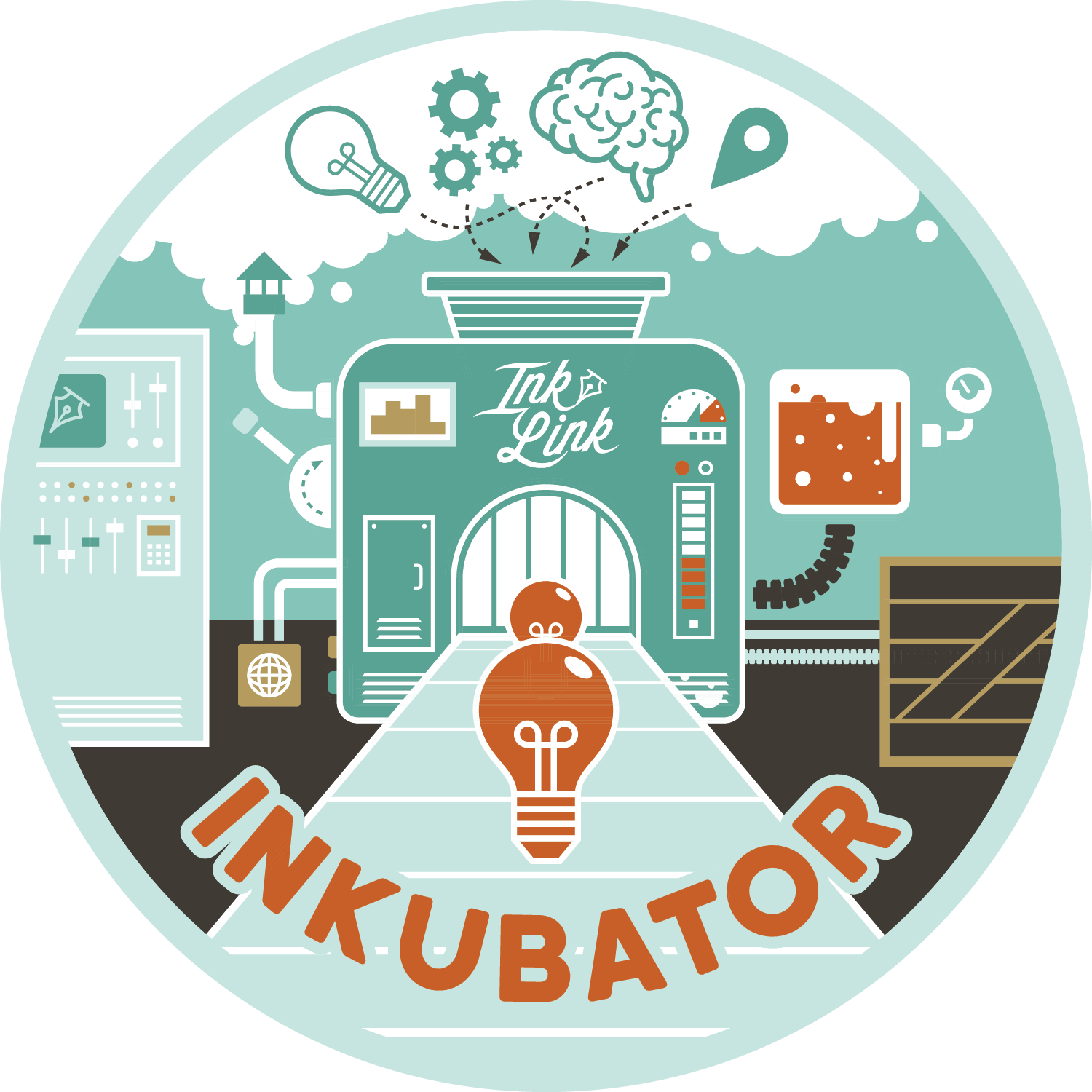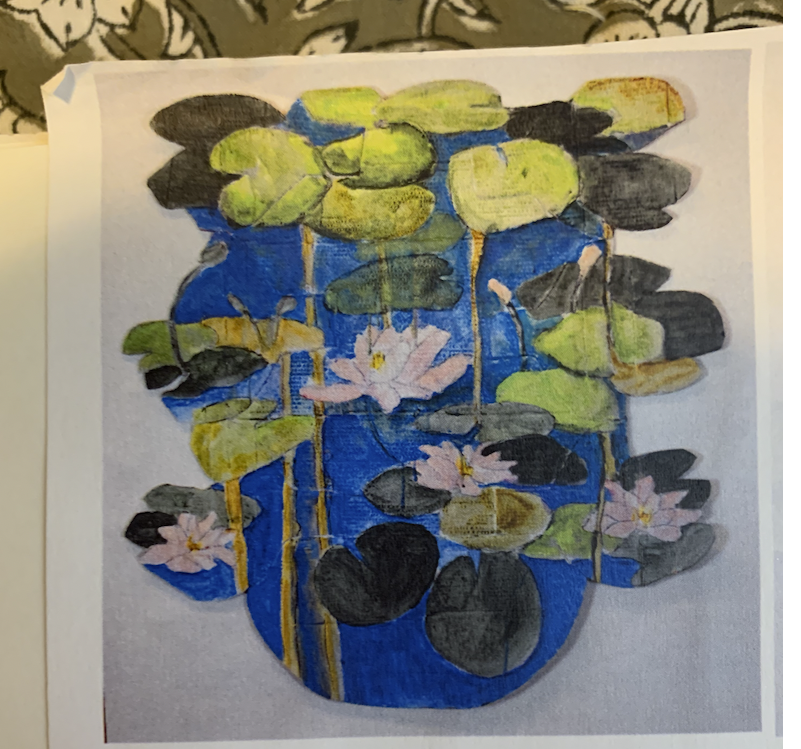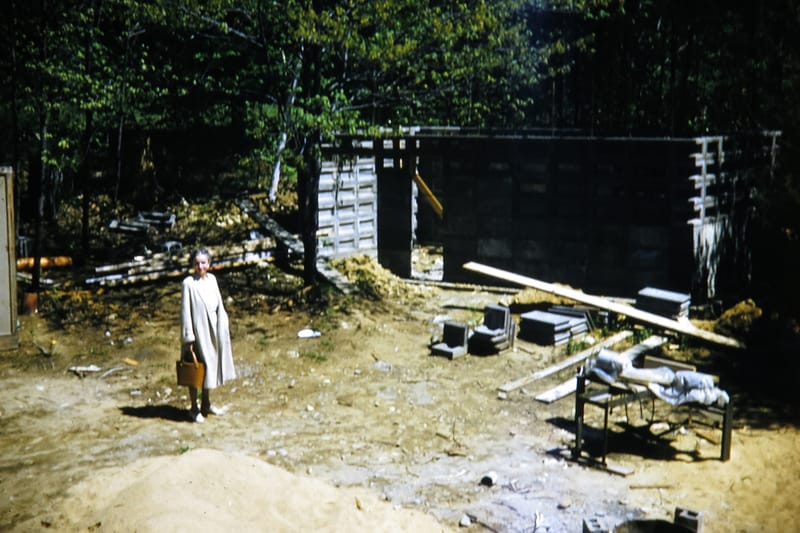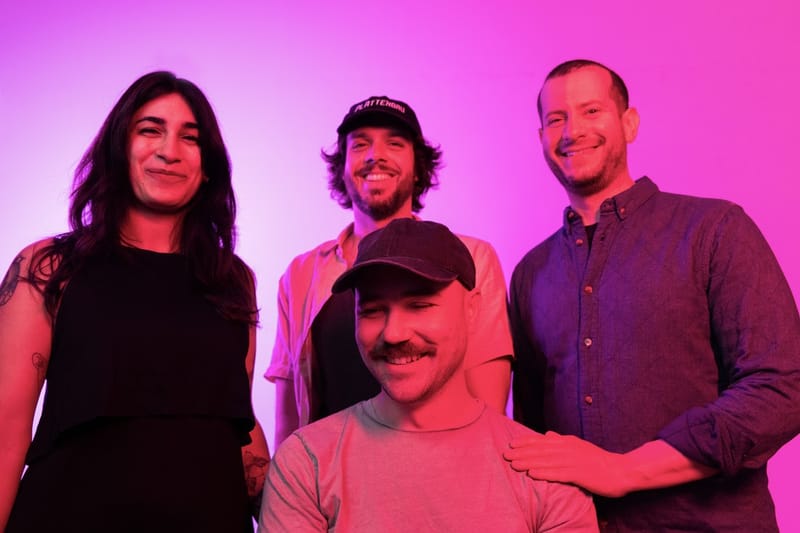What happened at Jane Kaufmann’s gallery opening?
Nestled within a cozy arrangement of storefronts on Hanover Street is the Greater Manchester Chamber of Commerce, an office space likely disregarded by the masses on their way to and fro through nightlife. But beyond the smattering of desks, trendy office coffee bars and unironically cool neon signs




Art in the city exists in abundance, perhaps most notably to many across brick and concrete walls in Manchester’s living and breathing array of murals increasing steadily as the years roll on. The movement of muraling, which in the last year has seen additions at West High School and the Waypoint Youth Resource Center is reminiscent of the wave of bright color that has washed over the neighboring city of Nashua with the efforts of Positive Street Art.
Since the 2011 inception of the nonprofit Positive Street Art, which seeks to inspire passion for urban arts in productive ways and strengthen communities through education, events, and services, their team has worked to create countless murals throughout our surrounding community. Positive Street Art has extended their reach to the Queen City, with their inaugural entry hoping to highlight one of the truest gems of art often overlooked in Manchester: the Greater Manchester Chamber of Commerce Gallery.
Nestled within a cozy arrangement of storefronts on Hanover Street is the Greater Manchester Chamber of Commerce, an office space likely disregarded by the masses on their way to and fro through nightlife. But beyond the smattering of desks, trendy office coffee bars and unironically cool neon signs lies a secret double life for the space: the conference room transforms into a curator’s dream of endless white-and-brick ripe for works of art.
Yasamin Safarzadeh continues to lead curatorial feats in this space under the exciting umbrella of PSA and GMCC’s first collaboration, a dedication to a master artist whose refreshingly fun and lifeful work has long deserved a gallery of its own: 83-year-old Jane Kaufmann.
A lifelong artist through a plethora of mediums, much of Jane’s early works focused around clay, which she sold through the League of New Hampshire Craftsmen and the New Hampshire Art Association for 45 years. And yet, despite having a prolific master potter in our midst, one surveying the gallery might notice a distinct lack of traditional 3-D art shapes. Kaufmann’s primary work these days consists of an unusual medium most of you surely have an abundance of: cardboard.
Longing to continue creating after her move into a retirement community, without access to her usual clay studio Jane looked to her surroundings. In a moment much akin to Maria’s prodigious pattern work for the von Trapp’s, she drew inspiration from the drapes. After cutting up all the curtains in her home into custom-sized canvases, she painted directly on the muslin cloth itself. Cardboard originally came into play as a cost-effective workaround for framing her finished pieces, with hangers affixed to cardboard backings dressed beautifully with paper borders surrounding her finished work glued to the center. Some of the high pricing of much ‘traditional’ art can be attributed to the high price point of framing itself as artists seek to make a profit on pieces.
“You haven’t paid $3,000 for a frame, and then you can just give it away! You’re trying to get your money back for your frame, not your art, a lot of the time,” Jane quipped to a sea of warm laughter on the night of the reception.

The walls of the gallery burst to life in the way Kaufmann’s pieces exist vibrantly and whimsically outward from the walls of the gallery themselves.
“I really like things that are not square, that are cut-out, that are shapes,” she says of the shapes of her canvases, many of which are multi-media composites playfully alluding to stifling technical forms. “You can make something– don’t like that part down the bottom? You just cut it off. And then maybe use that part, glue it on up here or something.”
Jane’s art exists outside the lines of convention and the confines of framing; her vision, unique voice, and mastery having grown much larger than anything such ideas could contain. In many ways, Jane’s work calls to the artist in each of us, reminding the viewer by its very nature that the act of creating and the title of “artist” need not exist behind stigmas of rigid sophistication, expensive and high-quality materials, and exclusivity, but by simply embracing and acting on the spark of inspiration and drive within you.
“I get my paints from Ocean [State] Job Lot,” says the artist, revealing her secret to all of us that there truly is no secret to artistry, other than embracing the artistic vision inside of yourself with whatever is accessible to you.
Attendees of the artist’s reception were encouraged to do precisely that after Jane’s opening statements. Local artist, community organizer and gallery curator Yasamin Safarzadeh led a pure contour drawing exercise that delighted the community and challenged the participants to ignore their preconceived ideas of the appearance of what human features should be, instead forcing participants to study, observe, and appreciate the truth and detail of reality of the actual person sitting in front of them.
Playfully intimate prolonged eye contact is a must of the exercise, where the rules are simply to draw the form of the person across from you without interrupting your continuous line and without looking at the page. Although seemingly simple in its description, the exercise was a hit with the crowd due to the unique provocation it brought to the very usage of our senses and to the spark of artistry within.
The gallery felt warm, abuzz with chatter and laughter of attendees, allowing them the freedom of creation and play, comparing completed masterpieces and mismatching partners while they packed up pieces to proudly display in their own homes. In many ways, it felt like truly embracing “the Jane way”; creation in approachable forms, in prolific amounts, in whatever ways excite you.
“I think everyone should experience Jane,” said Abbie Marie, a local artist whose life has been sewn rich with Kaufmann originals, from a personal collection of work in her home to even having custom finger puppets included in her wedding. Her work is whimsical and lively, masterful and yet approachably familiar. Appreciating the light, easy-to-hang, charming nature of the pieces, it becomes difficult not to envision spaces for your favorites within your own home.
“I think that you can be a culture setter in this state by buying really remarkable works of art that aren’t perpetuating a very stagnant sense of art-making in NH,” said Yasamin in her closing remarks, jokingly claiming dibs on potential pieces of intrigue to expand her own Kaufmann collection. The gallery is available for viewing Tues.-Thurs. from 9 a.m.-4 p.m.; if interested in purchasing a piece please contact yasaminsafarzadeh@gmail.com.
The below pieces are still available and average $250 with a few exceptions. The gallery takes 35% commission and that money goes back into the gallery to supplement the cost of labor.

The Inkubator program is aimed at nurturing and growing New Hampshire’s local journalism ecosystem – support for educators, opportunities for students and pathways for future journalists, artists and creators. And beyond that, we want to engage our community in this process because together, we rise.





